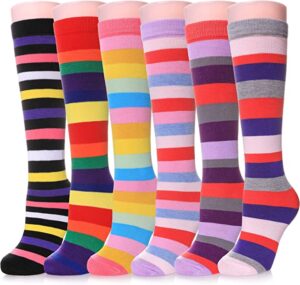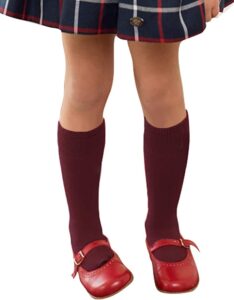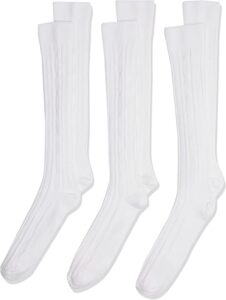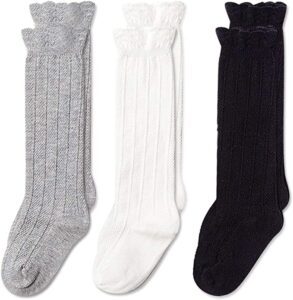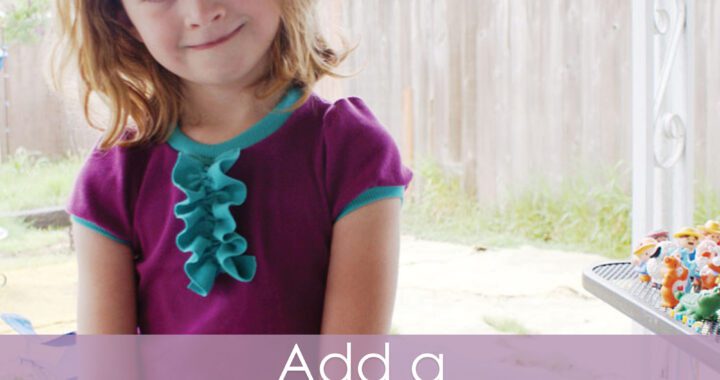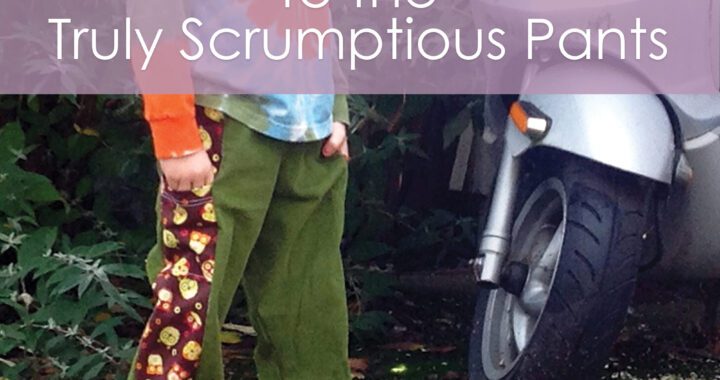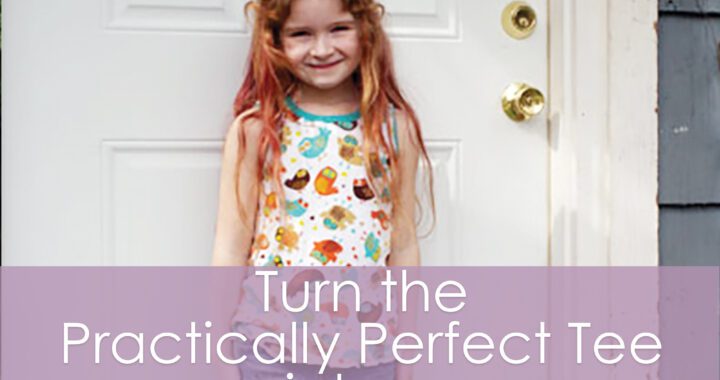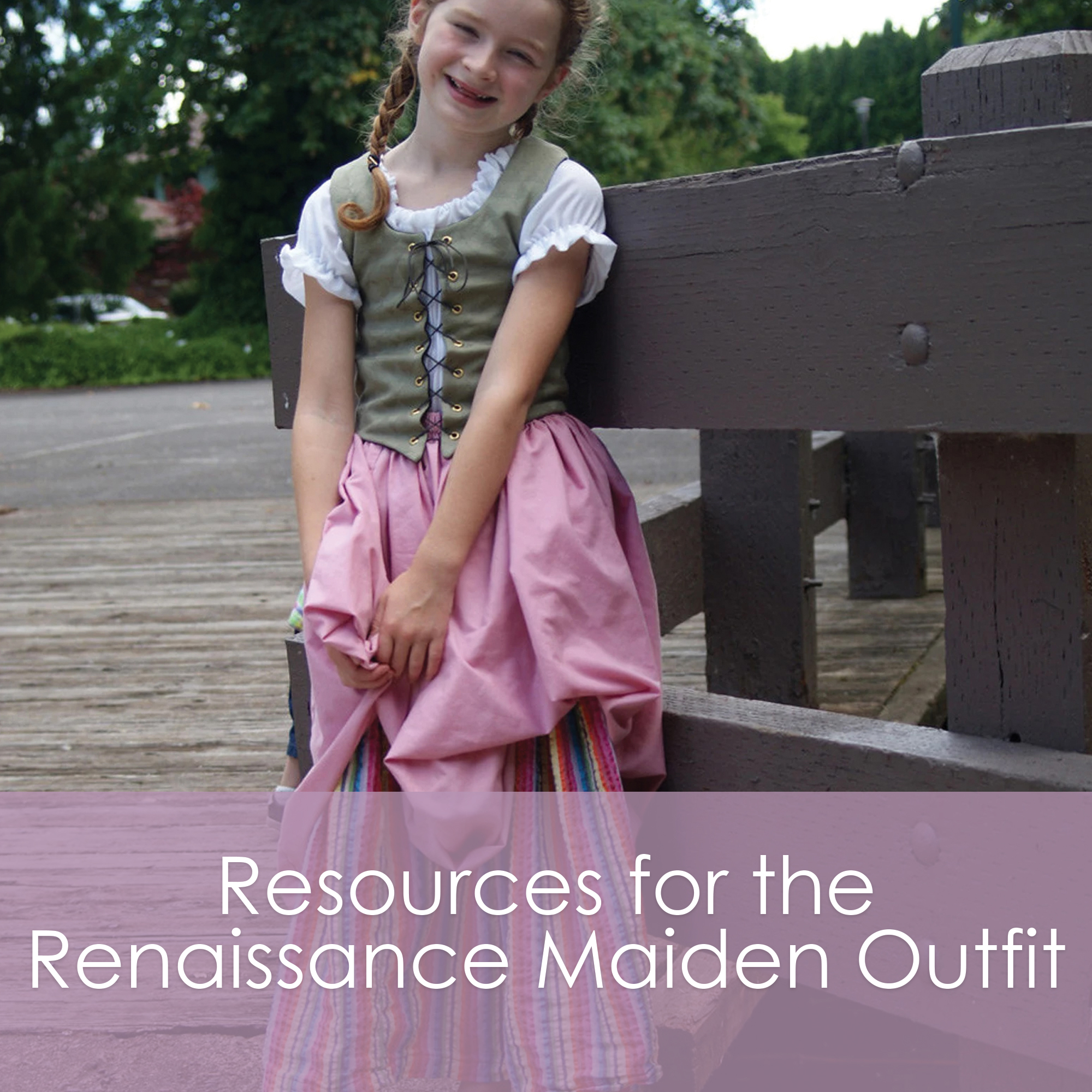
This post is all about resources for making the Renaissance Maiden Dress a complete and authentic looking outfit! You can read all about the Renaissance Maiden Dress here on the site. The pattern itself contains a lot of information about what sort of fabrics and notions to choose. If you’re using the pattern for a Halloween costume, it might not be as important to have all the other parts be authentic looking- but if you’re heading to a renaissance faire or a historical re-creation event, you might want to have authentic looking accessories!
Please note that I keep saying “authentic looking” – this is because it might be a lot more feasible these days to create something that looks authentic- but maybe it’s easier to use elastic rather than ties, and maybe rubber soles will hold up better than wool or leather soles would have. And cotton is cheaper than wool, and acrylic yarns and socks can look a lot like wool these days, but will be a lot more affordable!
Fabric Choices
The general problem with children is that the grow so quickly. Before I designed this pattern, I never wanted to use nice fabrics on my daughter’s garb because she’d wear it for one season and then it would never fit again. This pattern lasts so much longer though, that now I feel able to use more expensive fabrics.
Like I stated in the pattern, linen and wool would be pretty much the only available choices during the Renaissance. Cotton was around in those days, but it was very expensive and hard to find. Right now, in general, linen and cotton are similarly priced, especially if you’re buying the linen online or if you buy a linen-cotton blend. Both linen and wool will breathe better than any other fabric, especially better than synthetic fabrics.
Here is where I look when purchasing fabric- Fabrics Store.com (#notanafflink) carries almost exclusively linen and linen blends.
Lighter weight linen in white can be used for the chemise, while heavier weight linen can be used for the bodice and skirts.
Wool, I have found is best bought in person. It is much easier to judge what a wool fabric will be good for if you can touch it.
Cotton is often accepted as a substitute for linen at historical re-creation events. I don’t know what’s generally accepted at Renaissance Faires. The weight of the cotton still needs to be paid attention to. Some of the heavier weight quilting cottons will hang weirdly and get static-y around the legs. This is also the type that seems to pick up random threads too.
My Recommendation for Children’s Outfits:
I would purchase a light-weight cotton, like muslin for the chemise and the coif. For the rest of the outfit, I would use a linen-cotton blend, or wool if you can find it at a thrift store or at a nice discount.
Fabric Colors:
Surprisingly, there was a huge variance in available fabric colors during the Renaissance. Below is a photo with a bunch of color samples from Crossett Library Bennington College. Click on the image to get a larger view. Look at those turquoises!
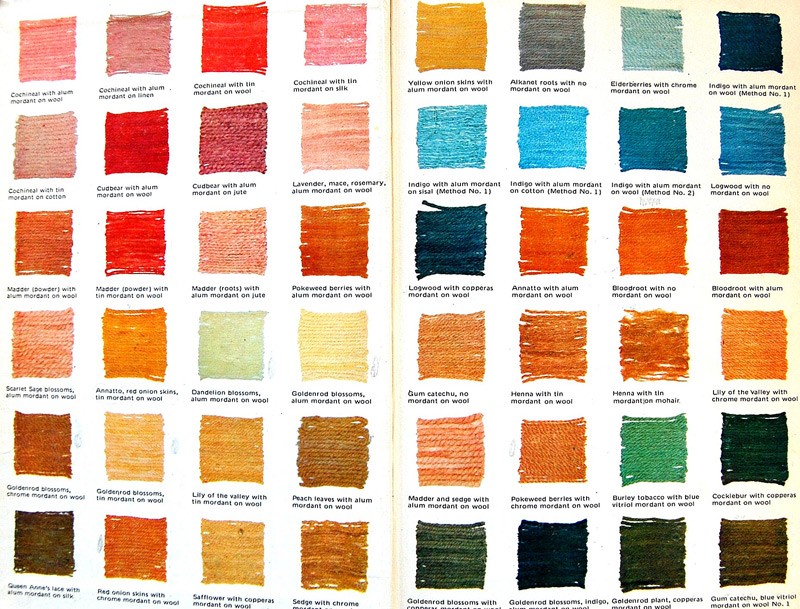
Here is a link to a photo on Flickr of naturally dyed yarns to give you some more inspiration.
Grommets & Grommet Setter to Create the Outfit:
Some supplies that are called for in the Renaissance Maiden outfit may be hard to find. I’m going to try to list some things here that I think are very important to finish the pattern, and where you can find some.
Although you could use eyelets for the bodice lacing, I highly recommend using grommets. They are stronger and easier to install. I purchased a box of metal grommets and grommet pliers from a leather-work shop, but you can find a small kit on Amazon, or at any hardware store. I don’t recommend using grommets from the fabric store. The bodice may be in use for many years and you will want them to last. The grommets are machine washable, once they’ve been installed. This set is very similar to what I have (shown below), and is very affordable!
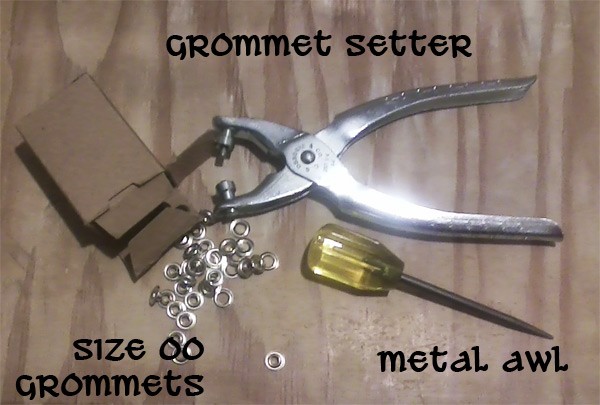
Instead of using a punch to make holes in the fabric, I like to use a small awl, which makes it possible to make the holes without tearing the fabric, retaining it’s strength.
Alternatively, you can make hand sewn eyelets. They are more work, but they are also the most authentic option. The Sempstress has a wonderful tutorial on How to Sew Eyelets.
Blackwork Embroidery
Blackwork was a primary embroidery style of the Elizabethan era. It is generally a counted thread embroidery using only black thread. Red thread, called Redwork, was also used.
Blackwork Archives is a good place to get started learning about blackwork, and for finding patterns. They even have a page specifically about embroidery on Renaissance clothing.
Here are some examples of Blackwork Embroidery. Although it was mostly done in black thread, it’s also been seen in other colors- namely red. You can look up Redwork embroidery to learn more.
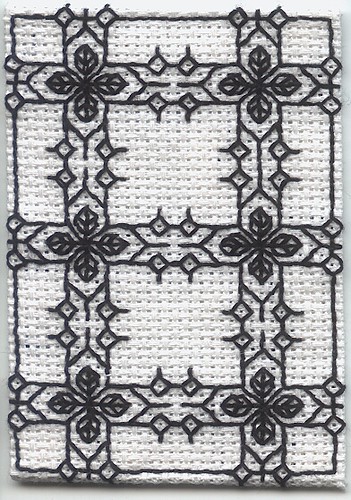
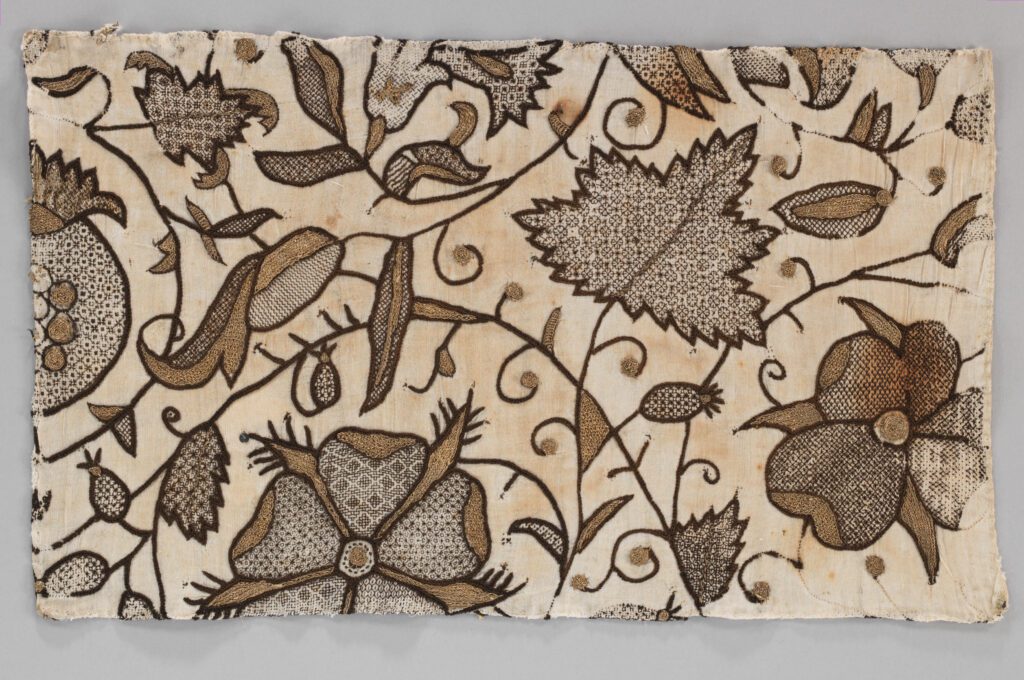
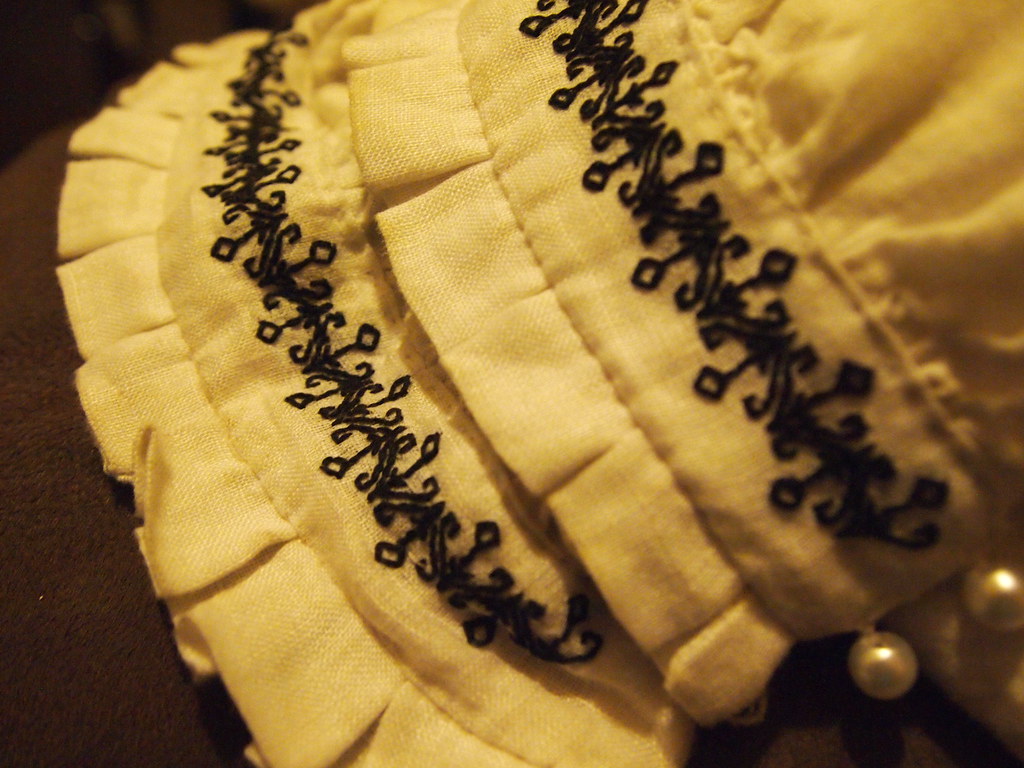
Coif Decoration
Elizabethan Costume.net has a nice page talking about the use of embroidery on coifs. The ones shown there are a fancier style of coif, but the embroidery techniques there can be used on the coif included in this pattern
Accessories to Really “Make the Outfit Come Look Realistic”:
Ok, you’ve got your amazingly beautiful outfit to wear to Faire or a re-creation event. Now what? Use some simple accessories to really make the outfit look even more authentic.
Stockings:
Wool knee length stockings were most commonly worn in the Renaissance period- year round! They were just as often sewn as they were knitted.
Here’s a free pattern for some sewn seamed stockings for adults. I bet they could just be re-sized for a child by shrinking the pages when you print them out. Here’s another free pattern for women.
If you’re looking online for more free patterns- the keywords you’ll want to search for are “hose”, “medieval”, and “renaissance”. Using the word stockings does bring up lots of Christmas stockings!
But what if you don’t have time, energy, or ability to draft and sew up, or knit up some stockings? There are some perfectly reasonable options out there!
Buying Authentic Looking Stockings:
You’ll want to look for knee length children’s socks, and you’ll want to make sure they are solid colors or simple stripes. Other designs would not have appeared in period. Be careful with the stripes though- you’ll want to make sure they match up to those colors covered above. A lot of striped socks are too bright for looking authentic.
Here are some good choices (click for more info):
Shoes
There are many styles of shoes that were used in the Elizabethan period. For comfort and a simple authentic look, I recommend a basic pair of Mary Jane style shoes. The style of China Flats is actually authentic, though today they’re often made of cotton uppers and rubber soles, whereas they would have been made of linen, leather or wool uppers and leather soles in period.
Another very inexpensive option for shoes are a pair of simple single color ballet flats in black or brown.
Straw Hats:
A hat is a must-have to keep the sun off of delicate faces. Straw hats with a wide brim are easily found at craft stores, and often at thrift stores. Choose a very simple style with natural straw.
A Belt:
Pockets in clothing didn’t exist in the Medieval and Renaissance periods, so everyone wore a belt and carried all their things on their belts. They would have had a pouch for carrying money and other sundry things, and possibly a belt hook to carry their mug around with them. But to make it even trickier, there weren’t belts with the holes in them like we know today. Instead they were a a strip of leather with one or two rings on the end.
In the photo below, you can see Little Miss’s was made from a strip of fancy trim with a ring on the end. Then it’s tied like this. You can also see her little pouch (obviously this isn’t the Renaissance Maiden Outfit that she’s wearing though).
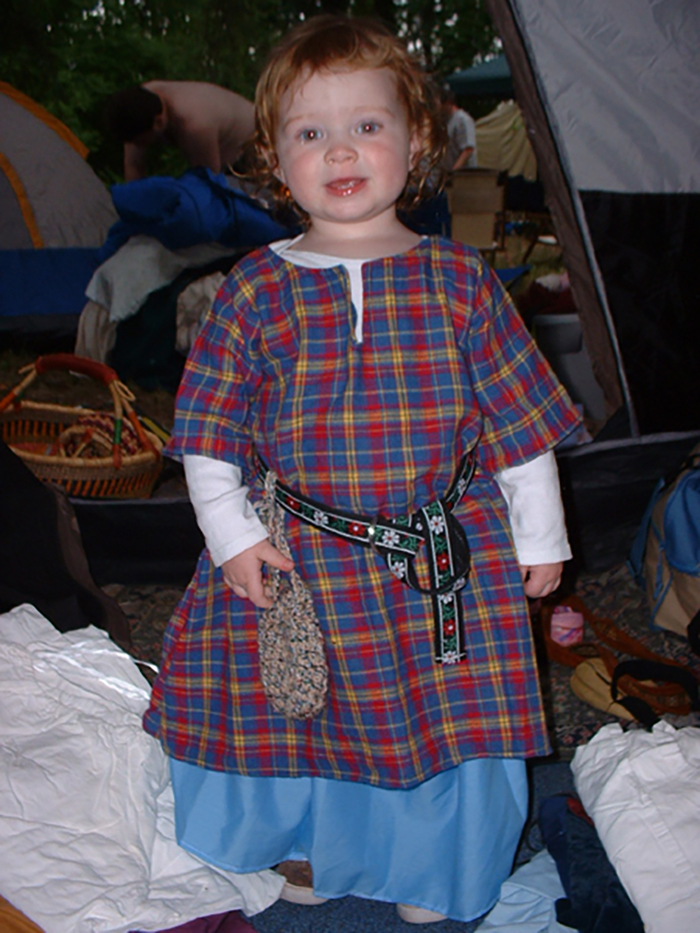
Here are some good options for the leather belts with a single ring.
If you don’t want to mess with the single ring belt- here is a double ring belt. These will be a lot easier to buckle. Leather will be the most authentic choice for a belt.
There are a lot of nice accessories out there to go on the belt if you like. A belt pouch like this one would be neat. You can look for these on Etsy, Amazon, or other retailers. You can also look for belt hooks and other belt accessories.
Look for Accessories in a Variety of Places
I hope I didn’t overwhelm you with information. We love getting into our garb and costumes! Use this information to get some good ideas and use what you already have, or by all means head to the thrift store to get the goodies- you’d be surprised what you can find there – including fabric, even really nice wool fabric – belts, purses that would work for pouches, and more!
Let me know of other resources that you’ve found online, or where you got your best accessory in the comments below!!

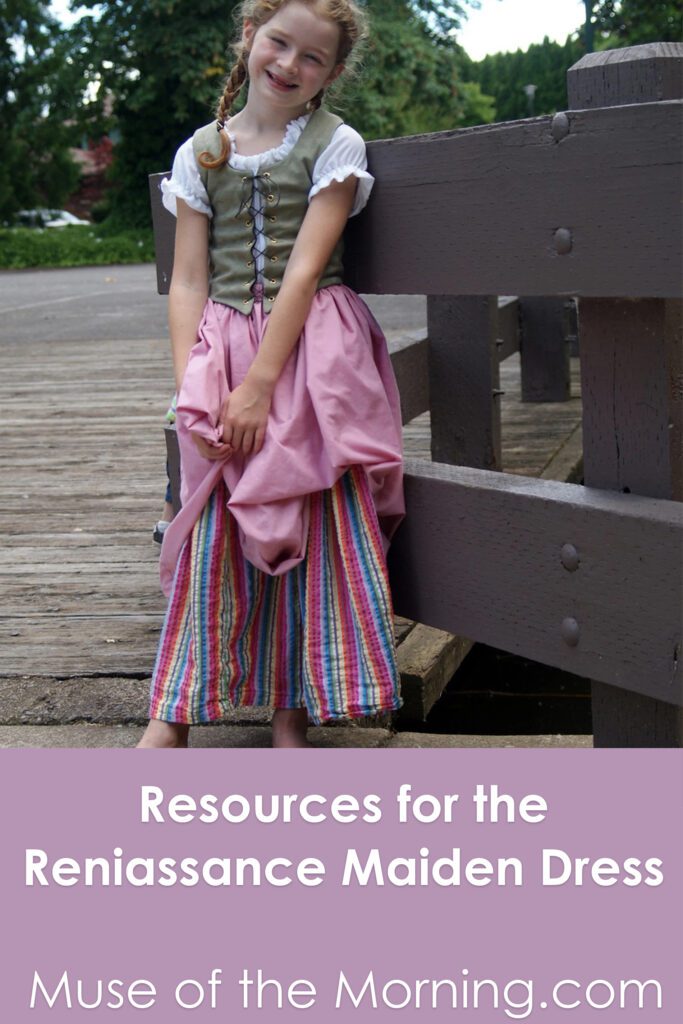
This resource post was published on Muse of the Morning.com
